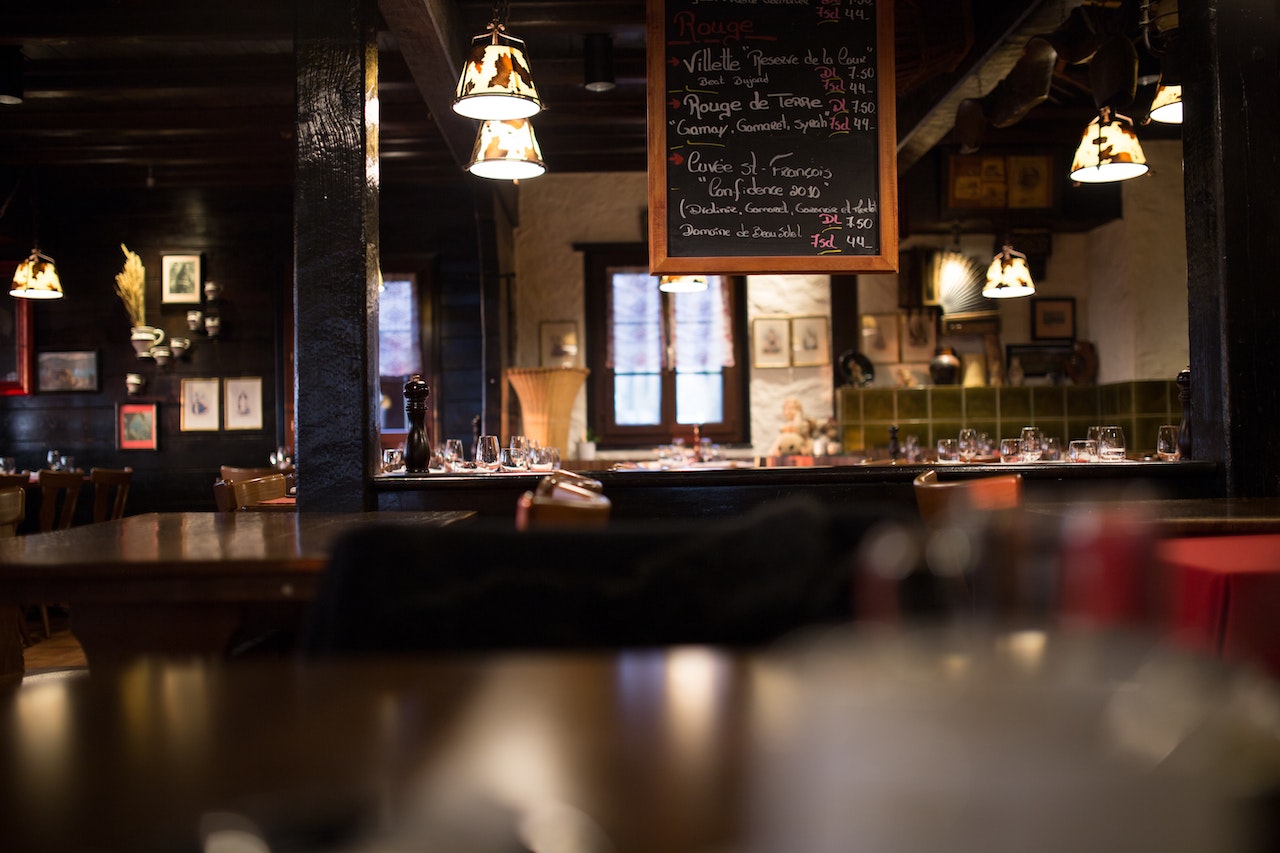What kind of business is your restaurant? Read on to learn about different restaurant business structures, with examples.
New restaurant operators have a lot to decide. How am I going to fund my restaurant’s launch? Where am I going to set up my restaurant? What kind of people do I want to work with? There’s an often forgotten, yet critical question: which business entity should I use for my restaurant? While that’s not the most exciting question, restaurateurs need to answer it before getting into day-to-day operations.
Restaurant owners generally choose from one of five primary business types, but many choose to form a limited liability company (LLC). Read on to learn about these five business entities and why LLCs are such a popular choice.
One thing to note — business structures can get complex due to strict requirements around tax treatment, liabilities, and owner/stakeholder restrictions. Make sure to consult an accountant or other advisor before getting started.
Sole Proprietorship
A sole proprietorship (or “sole prop” for short) is great for those looking to jump right into doing business. As its name implies, a sole proprietorship is owned by a single person and is an unincorporated business.
This simplicity lets sole props get up and running very quickly. However, most sole props generally need to take a few steps before getting started, such as getting a DBA (Doing Business As) and any required licenses and permits, such as food safety training or a cottage food operator license.
There is one significant drawback for a standard sole prop — you’ll be on the hook for business liabilities, since there’s no personal liability protection. For this reason, many sole proprietors still end up forming an LLC to help protect their personal assets.
Example: Sandra wants to sell homemade cookies during her free time just for fun. Since she is going into business alone, has a low-risk food item, and wants to get started ASAP, she decides to go ahead as a sole proprietorship.
Partnership
A partnership is a business where two or more people own and operate the business together. There are a few types of partnership structures that dictate the division of responsibilities and liabilities across partners. We’ll focus on a couple of types below.
- General partnership (GP): the simplest form of a partnership because it is not an incorporated business. To get started, the partners should agree on their roles, ownership, and responsibilities — ideally in a written document in case conflicts arise. GPs can be composed of individuals but can also include other entities, such as partnerships, LCCs, and corporations.
- Limited liability partnership (LLP): effectively the partnership version of an LLC described later in this article, an LLP provides limited liability for partners, generally in the form of protection against another partner’s actions. LLP requirements are state-specific and generally don’t have as much liability protection as an LLC.
Example: Giovanna and Parker are siblings that have always wanted to start a food truck together. They work great as a team and trust that they’ll split everything 50/50. To get started quickly, they decide to form a general partnership.
Limited Liability Company (LLC)
The LLC is popular for many types of businesses because owners of an LLC have limited personal liability. Owners of an LLC are referred to as “members” and can be individuals, corporations, or even other LLCs. LLCs are formed at the state level, so regulations can vary. Members can use a written Operating Agreement to dictate current and future roles and responsibilities as well as the LLC’s management structure — just in case problems arise with certain members. An LLC can be a great choice for food and beverage business owners looking to grow while protecting their personal assets from liability.
Example: Lieu has long dreamt of branching out of her family restaurant business with a pho restaurant of her own. Recently, some childhood friends told her they’d love to invest and work alongside her. Since they’re launching a restaurant business with multiple stakeholders, they decide to form an LLC to limit their personal liability.
What Business Category is a Restaurant?
Restaurants, bars, and other similar businesses generally fall under the “food and drink” category within the hospitality industry, which falls under the broader service industry. While forming or operating your business, you’ll also come across several business category codes.
We’ve listed some common ones alongside an example usage of each below.
- Merchant Category Code (MCC): Used by card networks such as Visa and Mastercard to determine interchange fees. MCCs also factor into chargebacks when a business is using an incorrect MCC.
- North American Industry Classification System (NAICS) code: Used by the government to classify businesses for statistical data. The IRS’s Principal Business Activity codes are based on the NAICS.
- Standard Industry Classification (SIC) code: Used by the Securities and Exchange Commission (SEC) to classify businesses that need to file with them.
Restaurant Business Structures
Whichever business structure you choose, be sure to consult with professionals like lawyers and accountants to make sure you’re set up for success.
